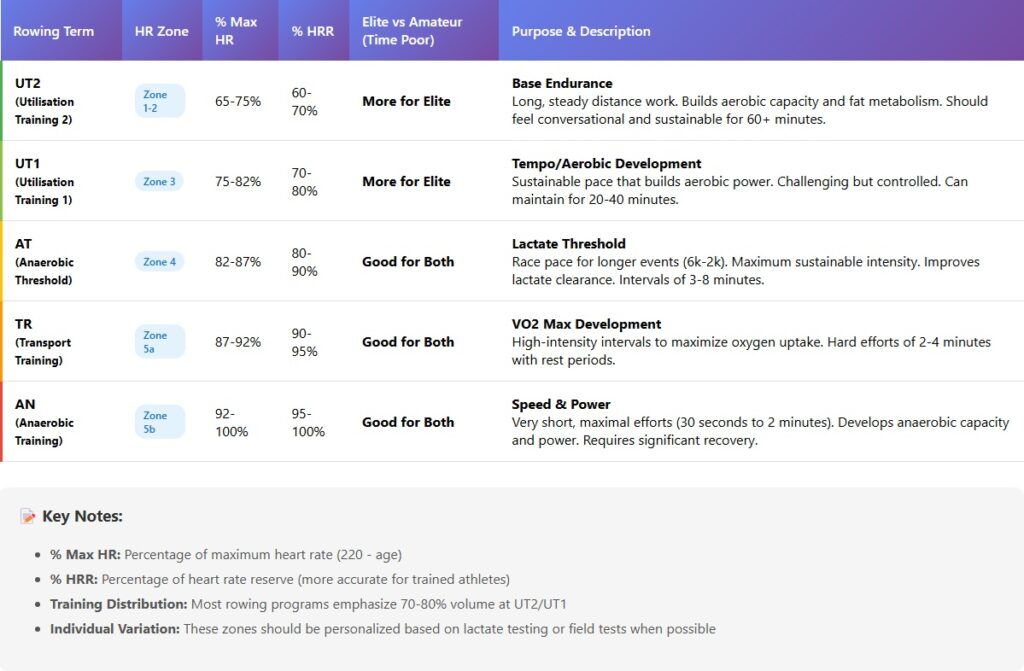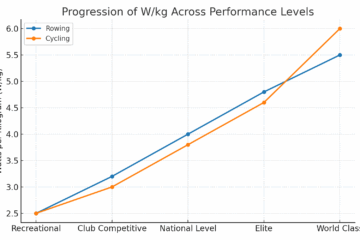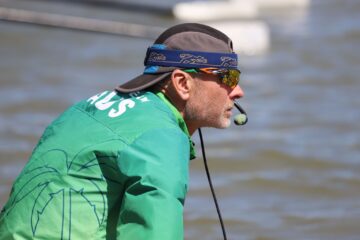We all know the idea of training zones — many athletes follow heart rate zones religiously, keeping track of Zone 1 through Zone 5 (or more, depending on what methodology you follow) to ensure they’re working at the right intensity. Yet in rowing, you’ll often hear the terms UT1 and UT2 thrown around, sometimes with the sort of knowing nods that suggest there’s some secret rowing code you’re not yet privy to. So, what do these terms mean — and how do they compare to the heart rate zones you may be more familiar with?
UT2: The Engine Room
UT2 is where most rowers spend the bulk of their time. It stands for “Utilisation Training 2”, a phrase that sounds more complicated than it really is — a classic example of rowers trying to be a little fancy. In essence, UT2 is easy, long, aerobic work: the steady-state sessions that build the cardiovascular base, improve fat metabolism, and help you recover from harder pieces.
On an erg, UT2 is usually about 50–65% of your power. Heart rate-wise, it sits around 55–65% of your max heart rate, depending on your fitness. On the water, it’s the pace where the boat glides smoothly, strokes are relaxed, and a conversation with your crewmates is easily possible (if your mates are chatty, of course).
Think of UT2 as Zone 2 in standard heart rate training — that long, easy effort that forms the foundation of any endurance athlete’s program.
UT1: Pushing the Aerobic Envelope
UT1 is a step up. Breathing gets a little heavier, conversation is limited to short phrases, and you start feeling that controlled “pressure” in your legs. UT1 develops aerobic power and muscular endurance, sitting roughly at 65–75% of max heart rate.
In HR terms, UT1 straddles the high end of Zone 2 and the low end of Zone 3. It’s still primarily aerobic — you’re not in full lactate accumulation mode yet — but it’s where you start bridging the gap between easy, base-building work and the threshold or race-pace sessions that really push your limits.
Cheeky Rowers and Their Lingo
Why don’t rowers just stick with Zone 1 and Zone 2? Well, traditions die hard. The UT system dates back to the days before heart rate monitors and power meters, when coaches needed a way to communicate intensity using feel and effort, particularly in team boats. Saying “we’ll do a UT2 session” instantly communicates: easy, controlled, long aerobic work — no gadgets required.
So yes, rowers may have been a little cheeky, inventing their own terminology to sound more sophisticated. But there’s a method to the madness: understanding UT1 and UT2 alongside HR zones can help both new and experienced rowers translate boat feel into measurable intensity, whether on the water or the erg.
A Reality Check for the Time-Poor Athlete
Here’s the thing: much of the theory behind UT1 and UT2 is designed for elite or professional athletes who can spend many hours per week in training. For example, Eliud Kipchoge runs 200 km per week — a huge volume of aerobic work — so he can afford to spend countless hours in Zone 2.
Most of us, however, are time-poor. We don’t have the luxury of 10–20 hours of training per week. That means if we slavishly followed “ideal” UT2 prescriptions, we might waste hours of quality training time on slow, easy sessions at the expense of more time-efficient, higher-intensity training. In other words, we have to get the best return on our training dollar, doing just enough UT2 to maintain aerobic base but prioritising quality sessions that deliver more bang for the buck.
The Takeaway
- UT2 = low-intensity aerobic / Zone 2
- UT1 = moderate aerobic / high Zone 2 to low Zone 3
- Both are foundational, but time-poor rowers can adapt the theory to fit a realistic schedule
Next time you hear a rower casually mention a UT2 session, just remember: they’re not trying to confuse you — they’re using their own quirky rowing language. But also remember, the ideal “UT2-heavy” world belongs to elite athletes; the rest of us can pick and choose wisely to get the most out of our training.




0 Comments